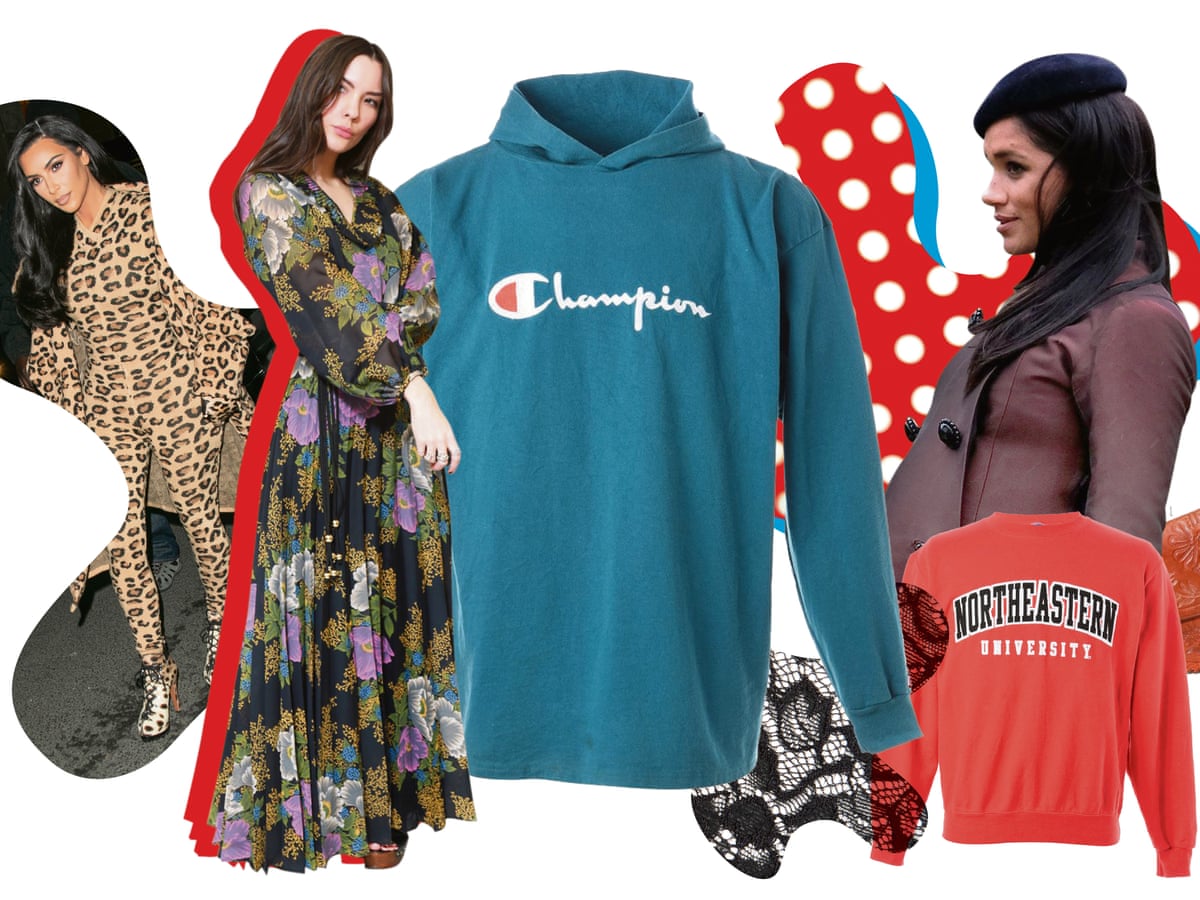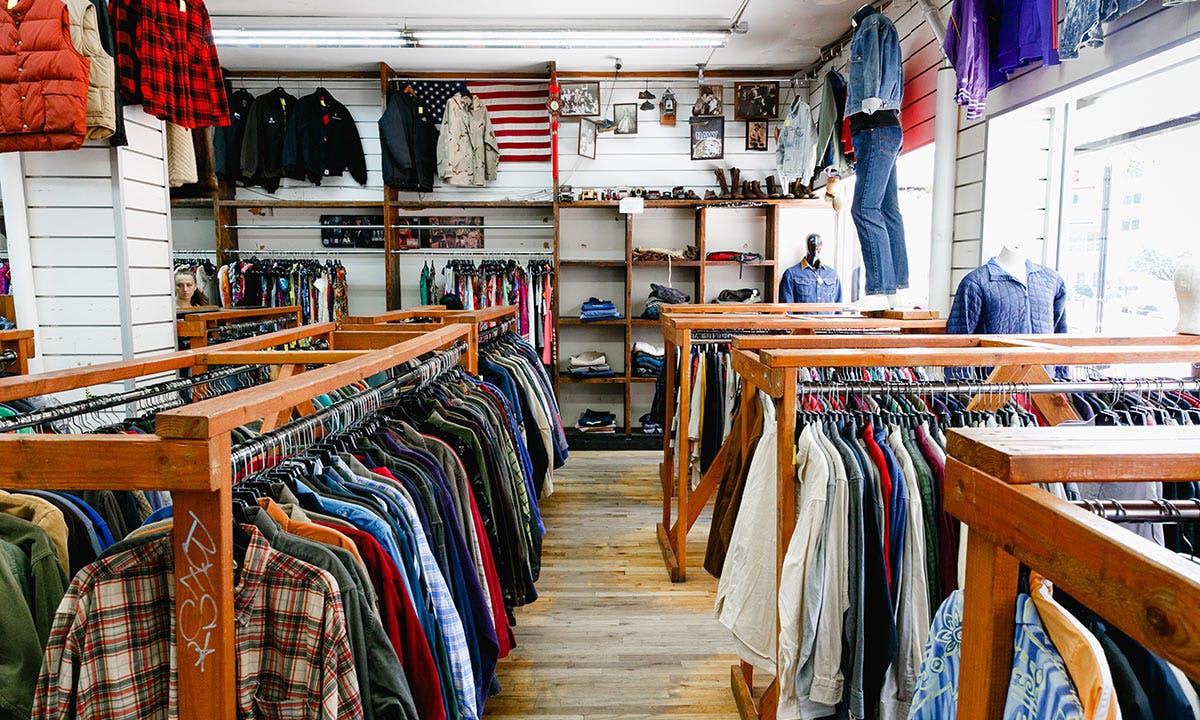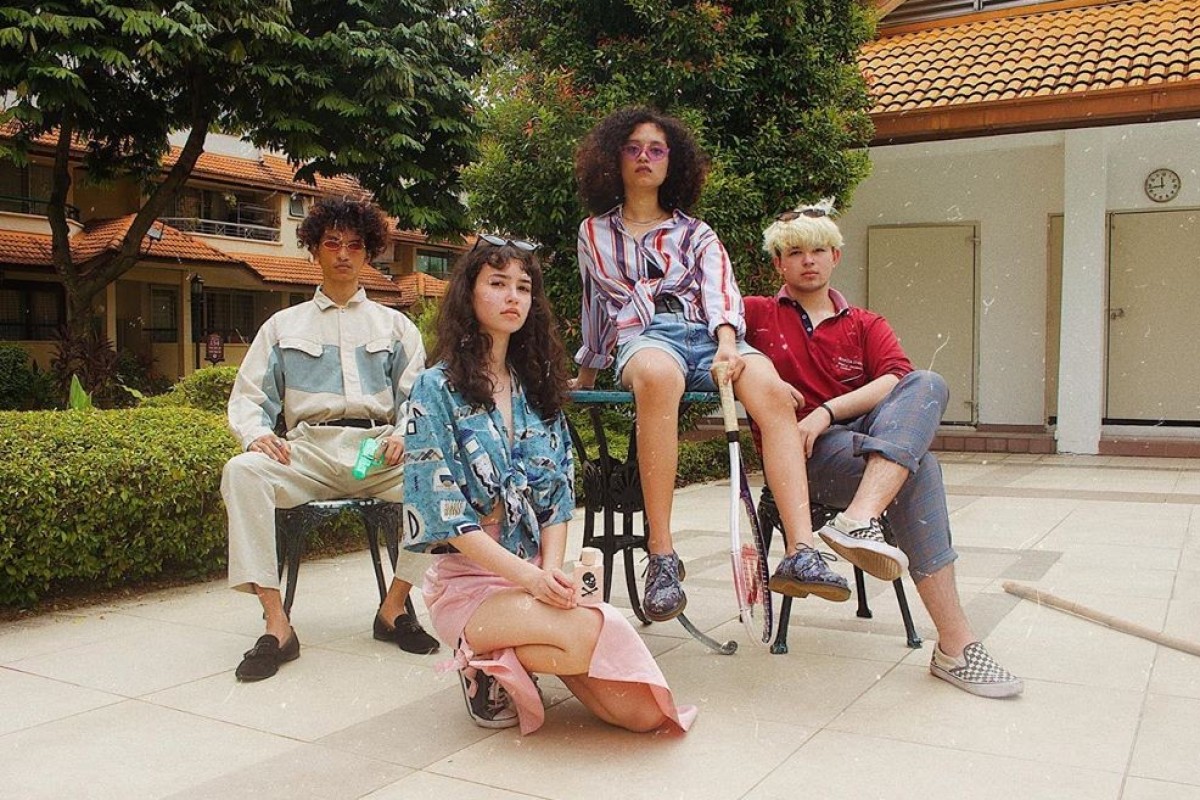Vintage clothing has become popular in recent years as a way to stand out from the crowd and express individual style. Whether you are looking for statement pieces or timeless classics, there is something special about vintage garments that cannot be replicated with modern apparel.
However, one of the most important aspects of shopping for vintage clothes is ensuring their authenticity – it can be difficult to spot a fake item among all the genuine ones available. In this article, we will explore why authenticity matters when it comes to vintage clothing and how you can tell if an item is real or not.
Understanding the Significance of Authenticity in Vintage Clothing

Authenticity is a crucial element when it comes to vintage clothing. Not only can original pieces provide an important link to history, but they also add value and desirability to the fashion world. Unfortunately, counterfeiters are often able to pass off fake items as genuine and unsuspecting buyers may be fooled into paying too much for their purchase.
To ensure that you get what you pay for, you must learn how to spot fakes and understand the significance of owning authentic vintage clothing.
The materials used, cut, and design of a garment will tell you if it’s real or not. Genuine vintage clothes were crafted with high-quality fabrics such as wool gabardine, cotton twill, or velvet. They were made with great attention to detail – from intricate hand-stitched hems on dresses to curved seams on tailored jackets – so look for these features before making any purchase decision. Additionally, compare labels against known brands which have been around since the period when your item was created; this can help confirm its age and authenticity.
Finally, inspect any metal closures like buttons or zips carefully – originals should display signs of wear consistent with their age while counterfeits tend not to show much sign of use at all!
By understanding the importance of authenticity in vintage clothing – plus knowing how best to spot fakes – discerning shoppers can make informed decisions when building up their wardrobe of timeless classics!
Identifying Genuine and Fake Vintage Pieces

Authenticating vintage pieces can be a daunting task, especially for those just starting to delve into the world of second-hand fashion. Many sellers look to take advantage of unknowing buyers by passing off replicas as genuine items. But with the right knowledge and resources at hand, one can easily distinguish between true vintage gems and modern counterfeits.
The first step in verifying any item’s authenticity is to examine its construction and materials used. Genuine vintage garments are often made from fabrics that were popular during their eras such as cotton twill or corduroy while fake designs tend to use more contemporary materials like nylon or polyester blends.
Moreover, these timeless pieces may also feature special detailing such as metal zipper pulls and buttons, whereas fakes usually have plastic components instead. Furthermore, authentic items will usually display signs of wear due to their age – stains, fading fabric color, etc – which help establish their genuineness even further.
In addition to examining the garment itself, searching for information about it online can provide valuable insight when attempting to authenticate an item’s origin story.
Researching labels associated with certain eras or regions allows you to gain a better understanding of what style was popular during different periods in history and consequently helps narrow down your search significantly when looking for real vintage clothing pieces on the market today!
Factors to Consider When Buying Vintage Clothing

When buying vintage clothing, it is important to consider a few key factors for authenticity. First and foremost, look at the condition of the item: does it show signs of wear and tear Vintage items should have some age to them so examine stitching, buttons, zippers, or other details that may indicate how old an item is.
Additionally, inspect fabric tags and labels; if they are not present or appear newer than expected then this could be a clue that something isn’t right. If possible, try on the piece before purchasing as fit can also provide insight into whether it’s authentic or not – vintage garments tend to run smaller than modern sizes due to changing construction techniques over time.
Furthermore, research any necessary information about its origins such as brand history or design elements to ensure you are getting what you pay for when shopping vintage.

